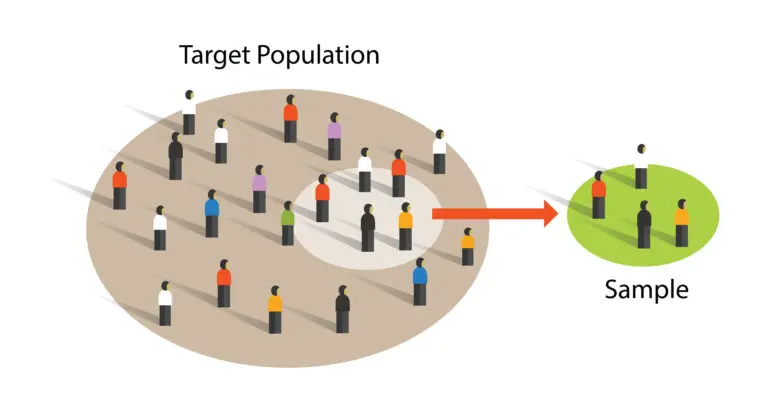Population

Table of Contents
Statistics Population
A population is the entire set of individuals, items, or observations that interest a researcher. It is the complete collection of all possible units with a common characteristic or attribute.
A population includes every individual or element that meets the criteria for inclusion in the study. It can be finite, such as the population of students in a school, or infinite, such as the population of all possible outcomes in a probability distribution.
Sampling
In practice, collecting data from an entire population is often impractical or impossible. Instead, researchers use sampling techniques to select a subset of the population called a sample. The goal of sampling is to obtain a representative sample that accurately reflects the characteristics of the population.
Inferential Statistics
Statistical inference involves making conclusions or generalizations about a population based on sample data. Inferential statistics uses hypothesis testing, confidence intervals, and regression analysis to draw inferences about population parameters from sample statistics.
Types of Populations
- Finite Population: A population with a known and countable number of elements, such as the population of students in a classroom.
- Infinite Population: A population with an uncountable or unlimited number of elements, such as the population of all adults in a country.
- Theoretical Population: A hypothetical or conceptual population that represents an idealized version of the target group, often used in theoretical or mathematical models.
Population Example
Population: Let’s consider the population of all high school students in a particular city. This population includes every high school student within that city, regardless of age, gender, school attended, etc. The population consists of all potential units of analysis for a study related to high school students in that city.
Sample: Now, let’s say a researcher wants to study the study habits of high school students in that city. Instead of studying the entire population (which may be impractical due to its size), the researcher selects a smaller group of high school students to represent the population. This smaller group is called a sample. For example, the researcher might randomly select 200 high school students from different schools within the city as the sample for the study on study habits.
In this example:
- Population: All high school students in the city
- Sample: 200 randomly selected high school students from different schools in the city
The sample is a subset of the population selected to represent the larger population of interest. Statistical analyses and conclusions drawn from the sample are then generalized to the population, assuming the sample is representative and was selected using appropriate methods.
Related Links
Alternative Hypothesis
Central Limit Theorem
Convenience Sampling
Parameter